Do running shoes cause or prevent injury?
It’s common for runners to put the blame on their running shoes if they get injured while running. Runners focus more on their running shoes and how it impacts their run. In this blog, we’re going to discuss if whether running shoes actually prevent or cause injury.
Heel-Toe drop does matter
Heel-toe drop is essentially how much higher the heel of your shoe is than the forefoot affects the way force moves through your legs. It makes sense why this would be a cause of concern for runners. Does heel-toe drop cause injury?
When shopping for running shoes, runners should aim for shoes with a higher offset. This higher offset will move impact force up from the feet and into the knees and hips, allowing for equal shock absorption.
On the converse, running shoes with a low drop move the impact force away from the feet up into the knees and hips.
Essentially, if runners choose a pair of running shoes with the appropriate heel-toe drop, injuries may be prevented.
Comfort Matters
Aside from your running shoes actually performing well, they also need to be comfortable.
Running puts a significant amount of strain and stress on your feet and body which is why it’s extremely important for runners to select a pair of running shoes that is the most comfortable for them.
It’s important to note that regardless of how comfortable a pair of running shoes are, they also need to be able to perform well and aid the runner.
The idea of comfort might seem simple on the surface but it can get quite complicated when factors such as pronation and foot stride come into play. Sometimes, a comfortable pair of running shoes might mean that a runner is feeling a familiar movement pattern that could mean that they’re tolerating pain that they’re simply just used to experiencing.
A pair of running shoes should be comfortable but not too comfortable.
Picking running shoes that reduce injury
A great way for runners to pick a pair of running shoes that will reduce injuries is for runners to figure out where they usually feel pain in their feet or body when they run.
Ultimately, runners should wear a pair of running shoes that reduces pain and the risk of injury.
When runners shop for running shoes purely on aesthetics or brand loyalty, they miss out on the opportunity to find a pair of running shoes that will help them run at their best and with minimal to no strain on their legs and feet.
Runners are advised to go in-store to try on a variety of running shoes to find a pair that fits them the best and provides them with the most comfort.
If it’s the knee or above, look at shoes with lower drop.
Form and fitness
As great as a pair of running shoes can be, a runner's form and fitness need to be on par to effectively prevent injuries. No matter how comfortable or perfect a pair of running shoes can be, it is still a runner's responsibility to train, stretch, and warm up correctly to prevent any injuries that might occur during or after a run. Running can be incredibly strenuous on the legs, feet, and lower back. If a runner plans on preventing potential injuries, they need to remember that a good pair of running shoes can only do so much, and the rest of the responsibility falls onto the runner.
Conclusion
Although a good pair of running shoes can minimize injuries that may occur when running, it’s important for runners to also do what they can to minimize injury outside of running shoes. This includes making sure that the correct warm-ups are done, stretching has been done, and the overall wellness of the runner has been considered prior to running.
Running shoes are extremely personal and each runner needs to do adequate research to make sure that they purchase a pair of running shoes that will help them and not harm them.

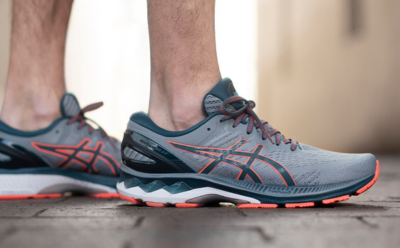
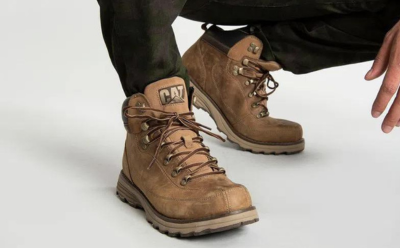
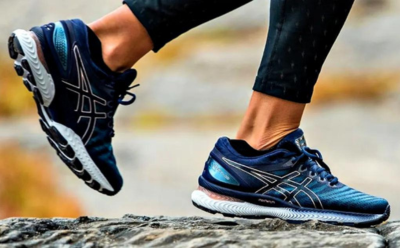
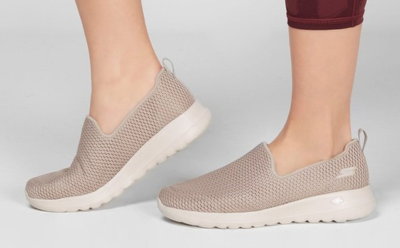
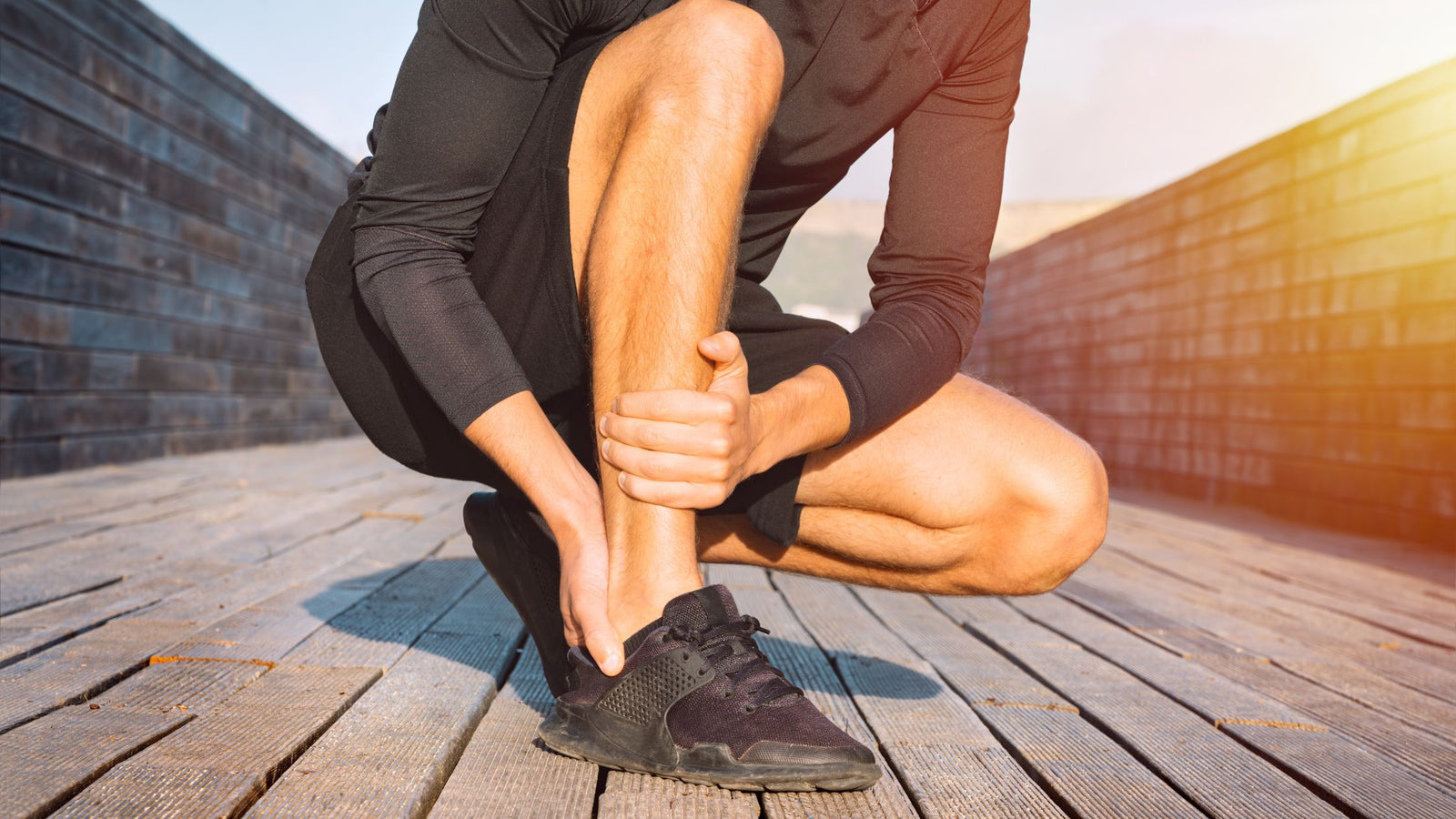

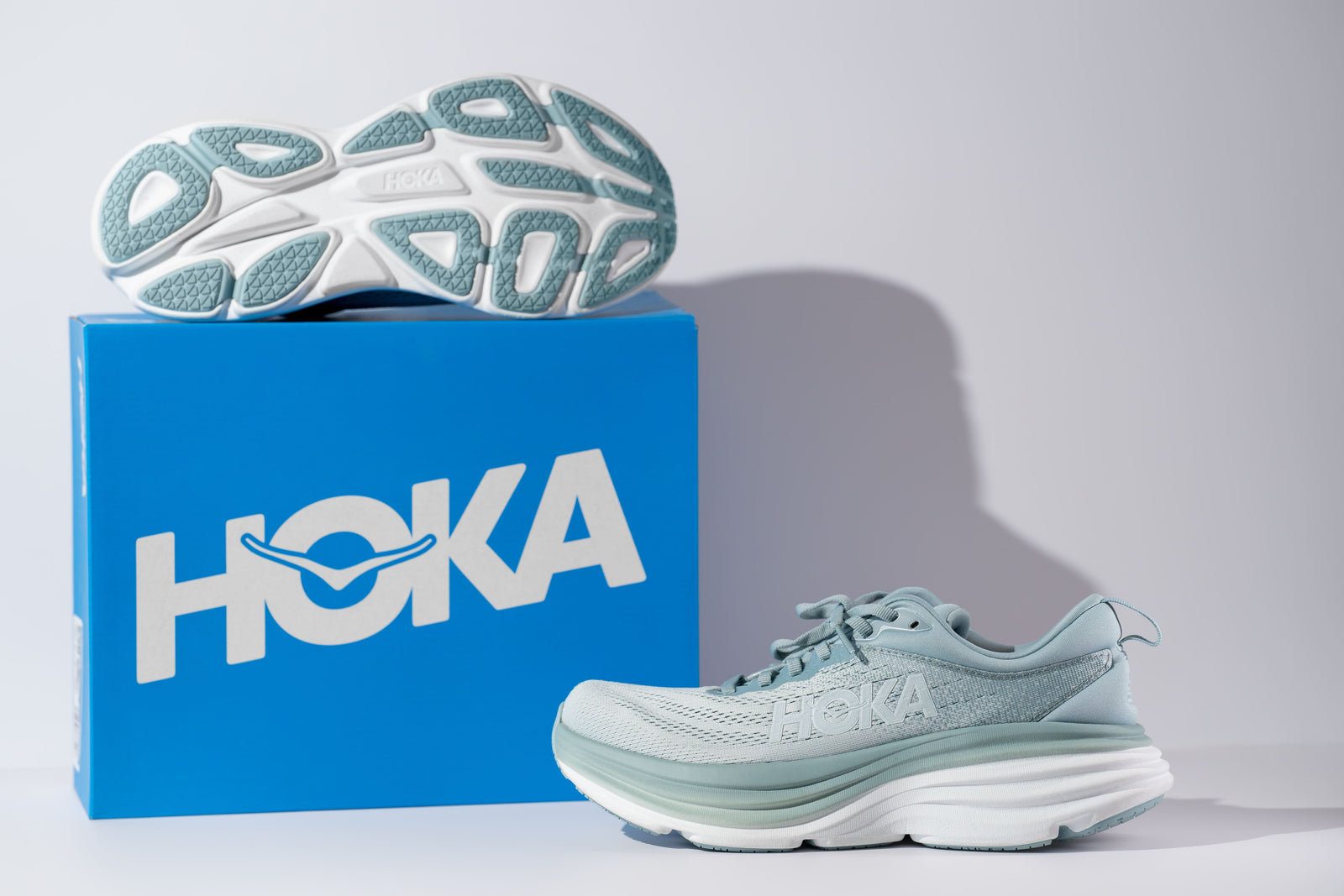
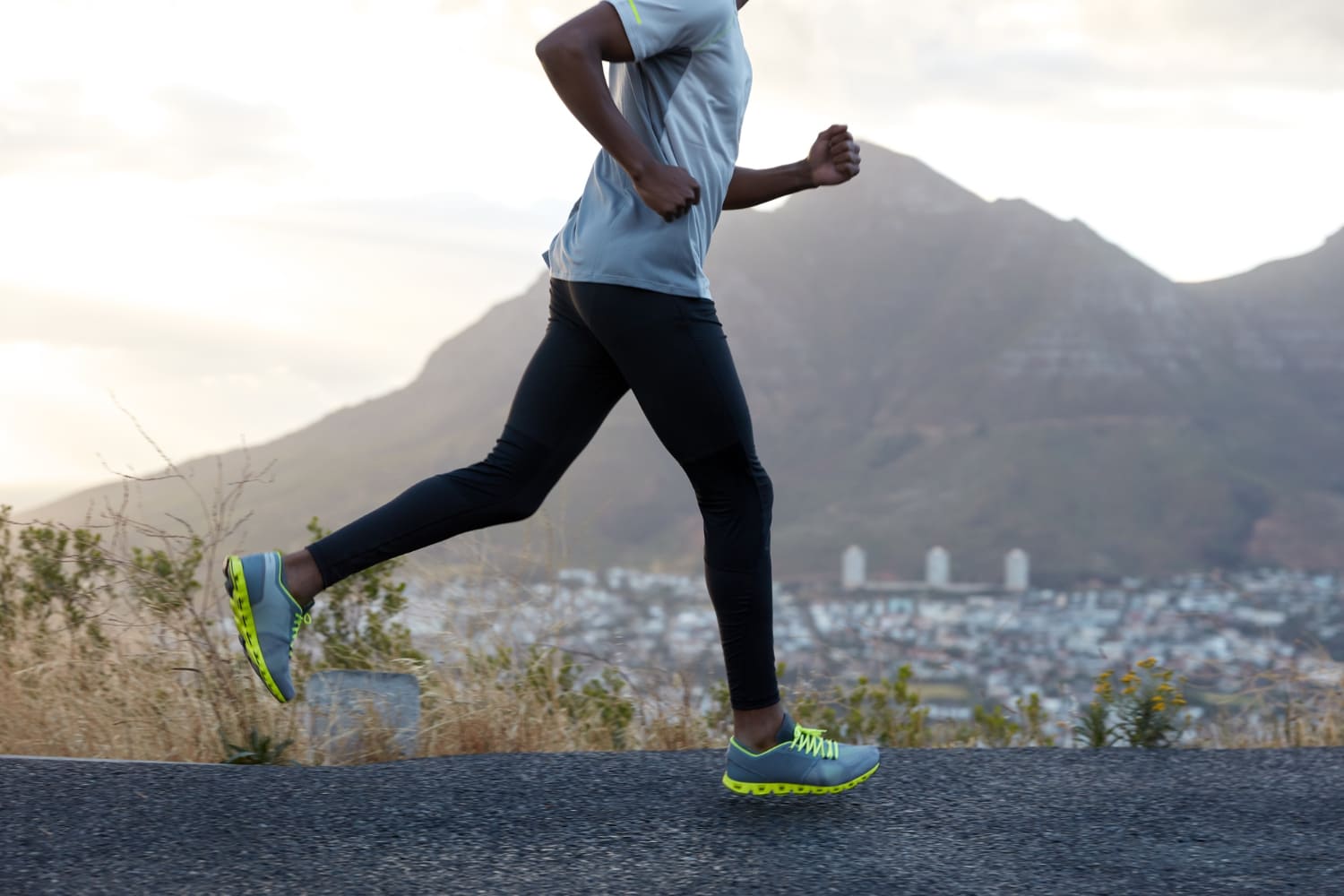
Leave a comment (all fields required)